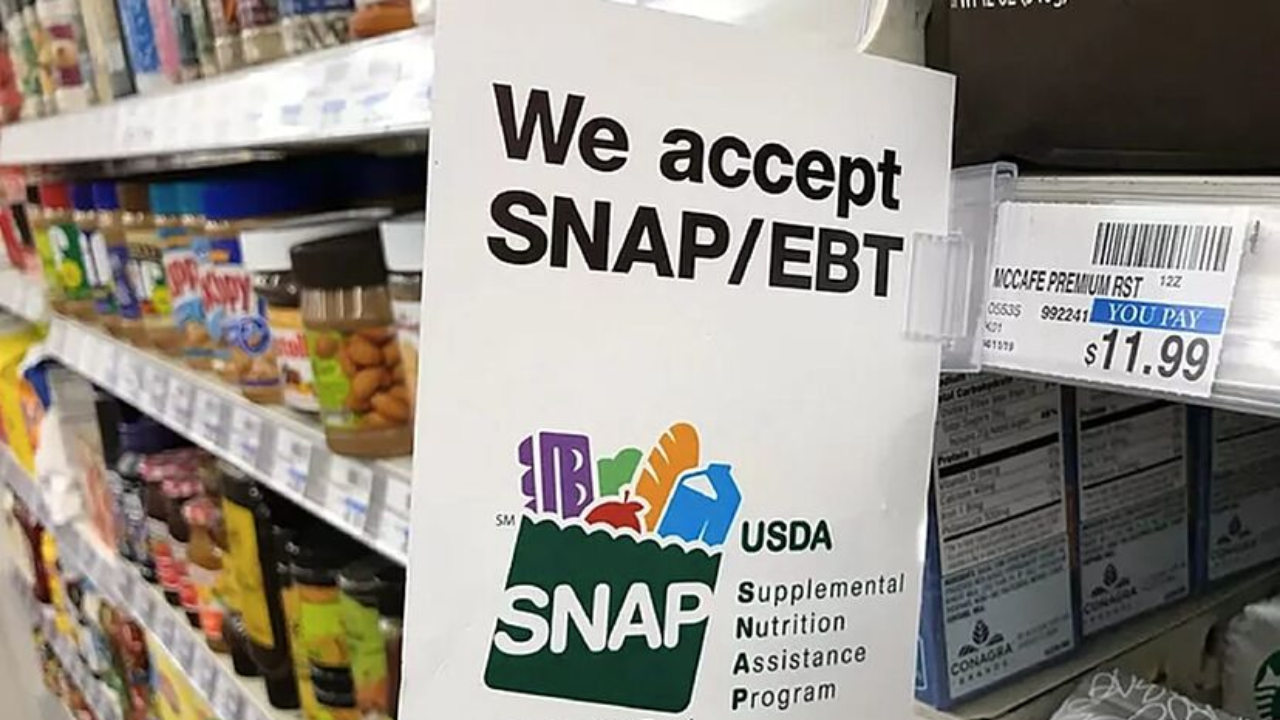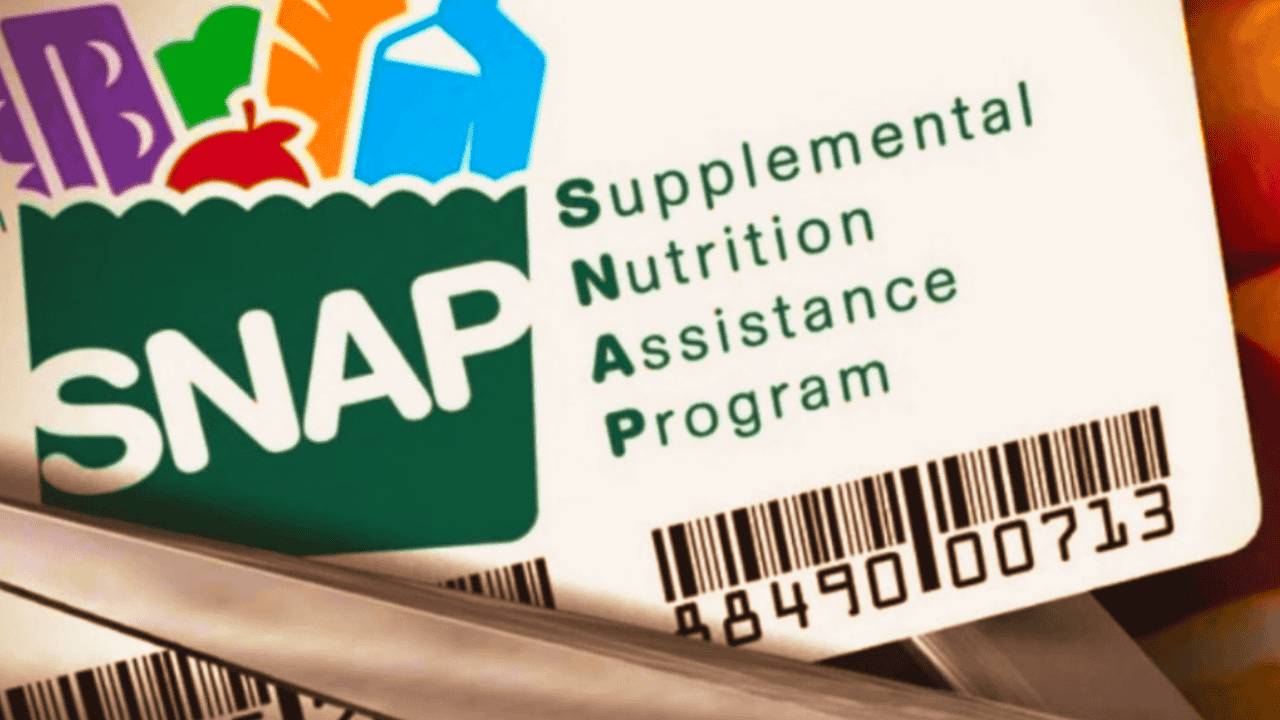If you’re planning to apply for SNAP benefits, commonly known as food stamp in 2025, it’s important to have the right paperwork ready. The Supplemental Nutrition Assistance Program helps eligible low-income households buy groceries each month, but before receiving any support, you must prove that you meet certain eligibility requirements. This involves submitting specific documents to confirm your identity, income, and other key details.
While every state follows its own application process, there are common types of documentation that most applicants will be asked to provide. Whether you apply online, in person, by phone, or by mail, your local SNAP office will need to verify your information. Here’s a breakdown of the main documents you should gather to avoid delays and increase your chances of getting approved smoothly.
What Documents Do You Need to Apply for SNAP in 2025?

The SNAP program, run by the U.S. Department of Agriculture, requires applicants to provide accurate information about their household, income, and expenses. Each state handles its own application system, so exact requirements may vary slightly. However, here are the most common types of proof you’ll need, along with examples of acceptable documents.
1. Proof of Identity
You’ll need to show who you are. Valid documents include a driver’s license, state ID card, school ID, birth certificate, adoption papers, military ID, or a U.S. passport.
2. Proof of Citizenship or Immigration Status
This is needed to confirm your legal status. You can submit a Social Security card, naturalization certificate, birth certificate, green card, U.S. passport, employment authorization card, or military documents.
3. Proof of Residency
You must apply in the state where you live, so provide something that shows your current address—like a lease agreement, mortgage record, utility bill, voter registration card, or a letter from your landlord.
4. Proof of Earned Income
To prove what you earn through work, submit recent paycheck stubs, tax returns, bank statements, or a letter from your employer that shows how much you make.
5. Proof of Unearned Income
This covers money you receive without working, such as Social Security benefits, child support payments, pensions, or dividend statements. Submit award letters or payment records to confirm these.
6. Proof of Financial Resources
States may look at what assets you own, so include bank statements for savings or checking accounts, certificates for stocks or bonds, or records for vacation property not used for everyday living.
7. Proof of Disabilities (if applicable)
If someone in your household has a disability, provide medical documents, a doctor’s letter, or diagnostic paperwork to show this.
8. Proof of School Attendance (if applicable)
For students applying under an exemption, submit school enrollment records or other paperwork that shows you’re attending school under qualifying conditions.
9. Proof of Household Expenses
Your regular expenses help determine your eligibility. Submit mortgage statements, rental receipts, property tax documents, homeowners insurance details, utility bills, and phone bills.
10. Proof of Medical Expenses
If you have high medical costs, include receipts or statements for medical, dental, or mental health services.
11. Proof of Childcare Expenses
If you pay for childcare, show proof with receipts, daycare bills, or child support-related documentation.
SNAP is meant to offer a helping hand to those who truly need it. To avoid delays or a denied application, it’s important to gather and submit all required paperwork right from the start. Since each state may have different rules or acceptable documents, always double-check with your local SNAP office for specific guidance.
This clear documentation can make all the difference in how quickly your benefits are approved and how smoothly the process goes.









